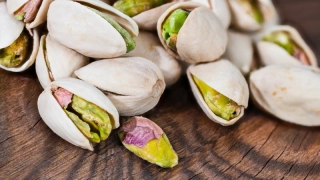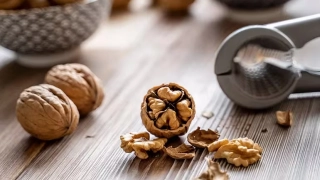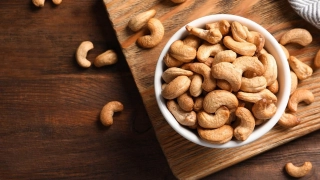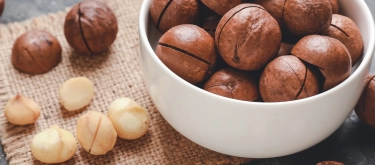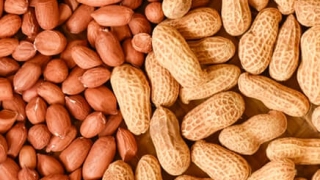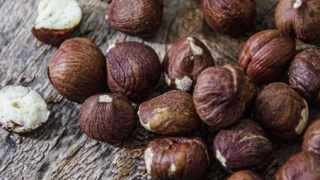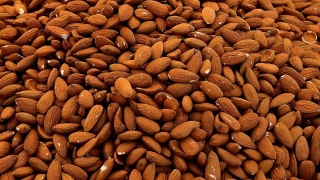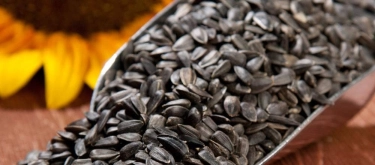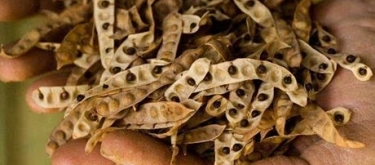Pine nut: Taste Profile, Aroma, Benefits and Health Risks
Pine nut (from various species of the genus Pinus) is a prized edible seed with a long culinary history, particularly in Mediterranean, Russian, and Asian cuisines. Known as the foundation of classic pesto and a luxurious garnish in many dishes, pine nut combines delicate sweetness with a buttery richness.
Pine nut can cause allergic reactions similar to other tree nuts. Some people also experience a rare condition called pine mouth syndrome, which leads to a temporary bitter or metallic taste after consumption. Not suitable for individuals with nut allergies.
What does Pine nut taste like?
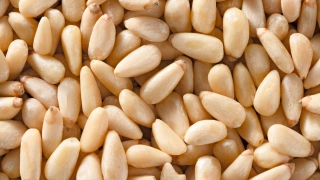
Complete Sensory Description
Taste:
Pine nuts have a soft, buttery-sweet taste with a faint resinous note that evokes forest freshness. Their flavor is gentle and rounded, less intense than many other nuts, with a creamy depth that lingers. At first bite, a mild sweetness and oiliness emerge, followed by a subtle pine-like freshness. The aftertaste is smooth, sweet-creamy, and lightly astringent, without harsh bitterness.
Variations:
-
Raw: Mildly sweet, creamy, and delicate with a faint resinous freshness.
-
Lightly toasted: More pronounced creaminess with soft caramelized undertones.
-
Roasted: Rich, buttery flavor with warm nutty depth; resinous notes fade, giving way to a toasted, slightly sweet finish.
Aroma: Raw pine nuts have a faint woody scent with resinous hints. When roasted, they release a warm, buttery aroma with subtle caramelized sweetness.
Texture: Raw kernels are tender and slightly oily, melting easily when chewed. Toasting enhances crispness while preserving their natural oiliness.
Appearance: Small, elongated ivory-colored seeds, smooth and glossy, often with pointed ends.
In-depth Flavor Analysis
-
Fatty acid profile: Pine nuts are rich in oleic and linoleic acids, giving their buttery mouthfeel and smooth sweetness. Improper storage leads to oxidation, creating aldehydes responsible for rancid or metallic notes.
-
Volatile compounds: Resinous freshness comes from terpenes (notably pinene derivatives), unique to pine nuts. These set them apart from other nuts, giving a “forest” nuance.
-
Roasting chemistry: Heat initiates Maillard reactions, generating pyrazines and aldehydes that bring nutty, caramelized depth. Light toasting emphasizes sweetness; longer roasting reduces resinous tones but increases roasted and slightly bitter notes.
-
Skin remnants: Though pine nuts are typically skinless, minor remnants can contribute faint bitterness or astringency.
-
Control levers for chefs: Roast level, storage (cool, airtight), and pairing (oil-rich vs. acidic foods) all shift the balance between creamy sweetness and pine-like freshness.
Varieties and Culinary Applications
-
Varieties: The main commercial sources are Korean pine (Pinus koraiensis), Italian stone pine (Pinus pinea), and Siberian pine (Pinus sibirica). They differ in size, oil content, and intensity of flavor.
-
Applications: Pine nuts are essential for pesto alla Genovese, Mediterranean pastries, Middle Eastern sweets, and as a garnish for salads and pilafs. They can be ground into nut pastes, added to desserts, or toasted to enhance flavor in savory dishes.
Selection and Storage
-
Selection: Choose uniform, ivory-colored kernels without dark spots or rancid smell.
-
Storage: Store in airtight containers in the refrigerator or freezer due to high oil content, which makes them prone to rancidity.
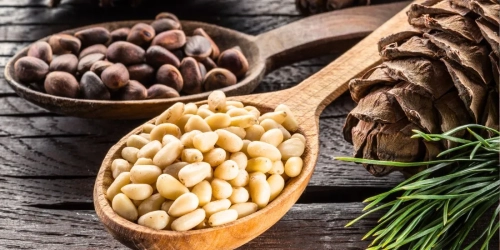
Nutritional Insights
Pine nuts provide high-quality fats, protein, and fiber. They are rich in vitamin E, magnesium, iron, zinc, and plant sterols. Regular consumption may support heart health, satiety, and metabolic function. Pinolenic acid, a unique fatty acid, has been studied for appetite regulation and cholesterol-lowering effects.
Expert Insights & Culinary Tips
Chefs recommend toasting pine nuts lightly to amplify their sweetness while preserving delicate oils. Adding them directly to hot oil or sauces should be avoided, as they burn quickly and turn bitter. Nutritionists emphasize moderation due to their calorie density.
Interesting and Curious Facts
-
Pine nuts were a staple in Roman diets and were used in honey cakes and mead.
-
Harvesting is laborious, often involving hand collection from pine cones, which explains their high cost.
-
In Siberia, pine nuts are traditionally consumed as both food and medicine, valued for sustaining energy during long winters.
Harm and Dietary Considerations
-
Allergies: Though less common than peanut or tree nut allergies, reactions can occur.
-
Pine mouth syndrome: A rare condition causing a temporary metallic taste after eating pine nuts, resolving in a few days.
-
Overconsumption: Due to high fat content, excessive intake can cause digestive discomfort.
Religious Dietary Considerations
-
Islam & Judaism: Permissible, widely used in Middle Eastern cuisine.
-
Hinduism: Commonly included in vegetarian dishes.
-
Christianity & Buddhism: No restrictions.
Final Thoughts & Sensory Journey
Pine nuts offer a refined taste: sweet, buttery, and slightly resinous, shifting to deep nutty warmth when roasted. Their delicate flavor and rich nutrition make them one of the most prized seeds in global cuisine.
Resources
-
Nergiz C., Dönmez I. “Chemical composition and nutritive value of Pinus pinea L. seeds.” Food Chemistry, 2004. DOI: 10.1016/j.foodchem.2003.09.007
-
Chang S.K. (ed.). Nuts and Seeds in Health and Disease Prevention. Academic Press, 2011. ISBN: 9780123756885
-
AOAC official methods for lipid oxidation in nuts.
